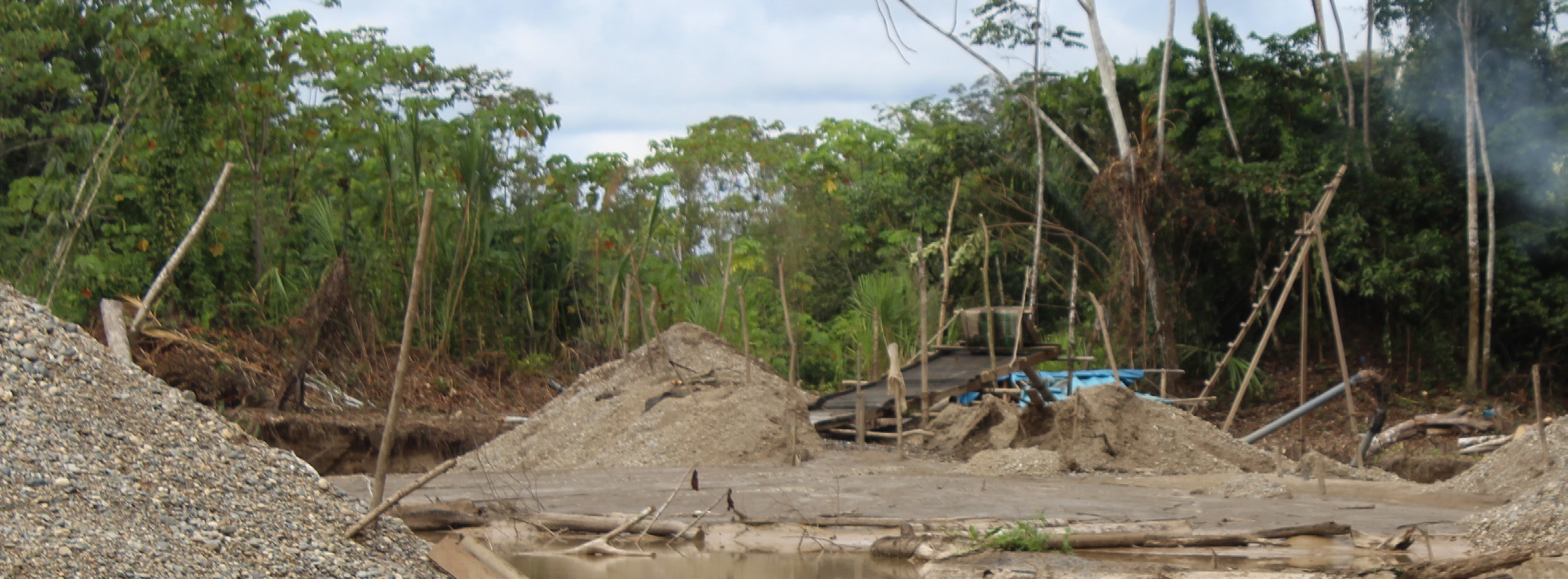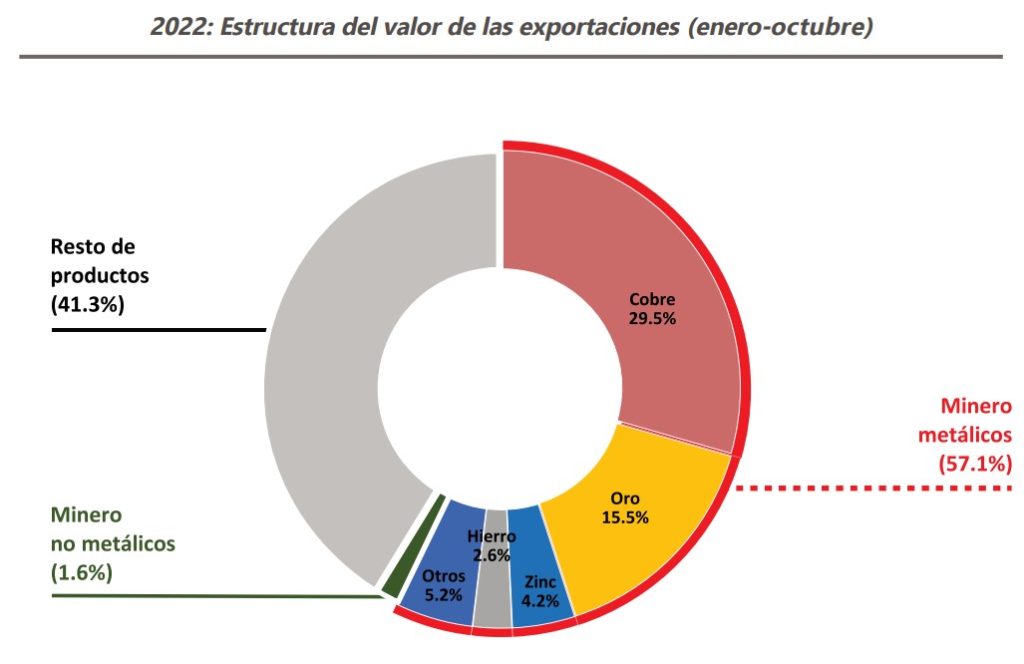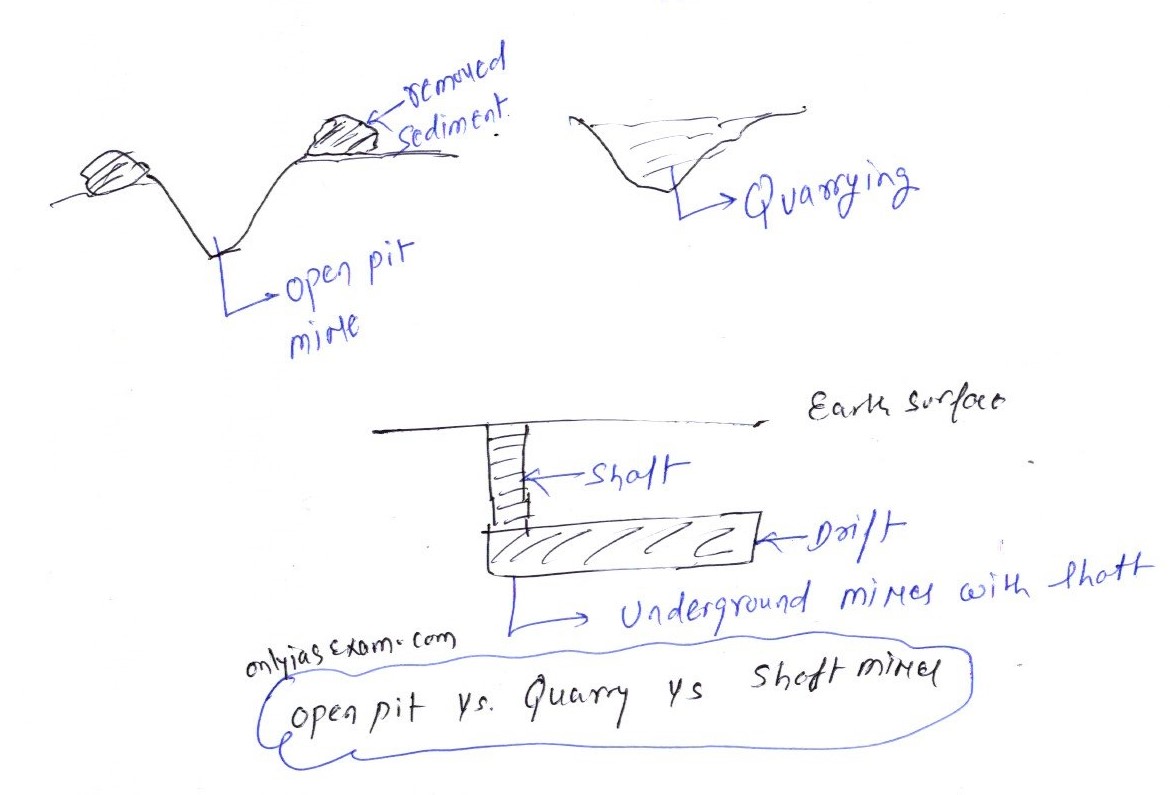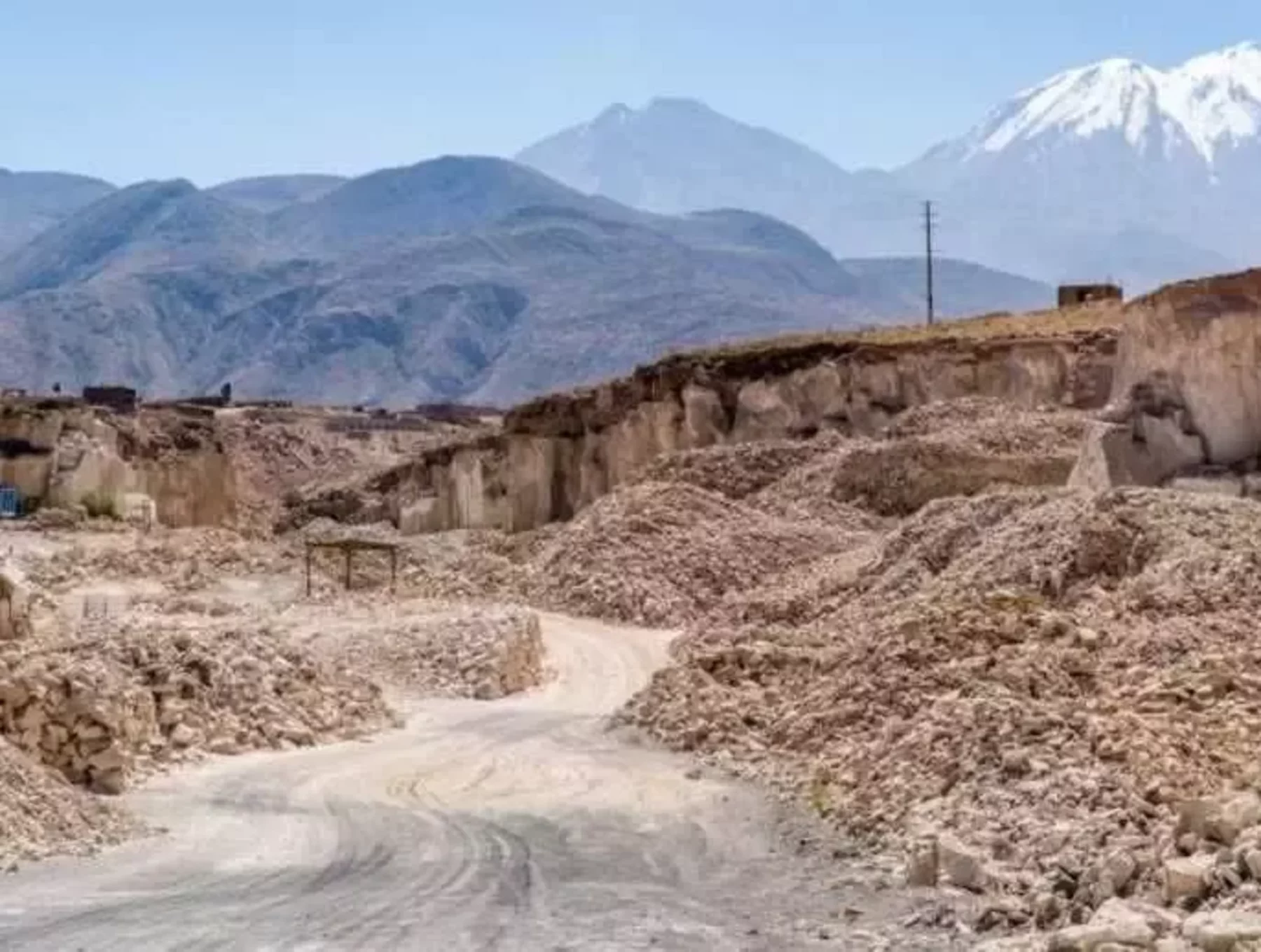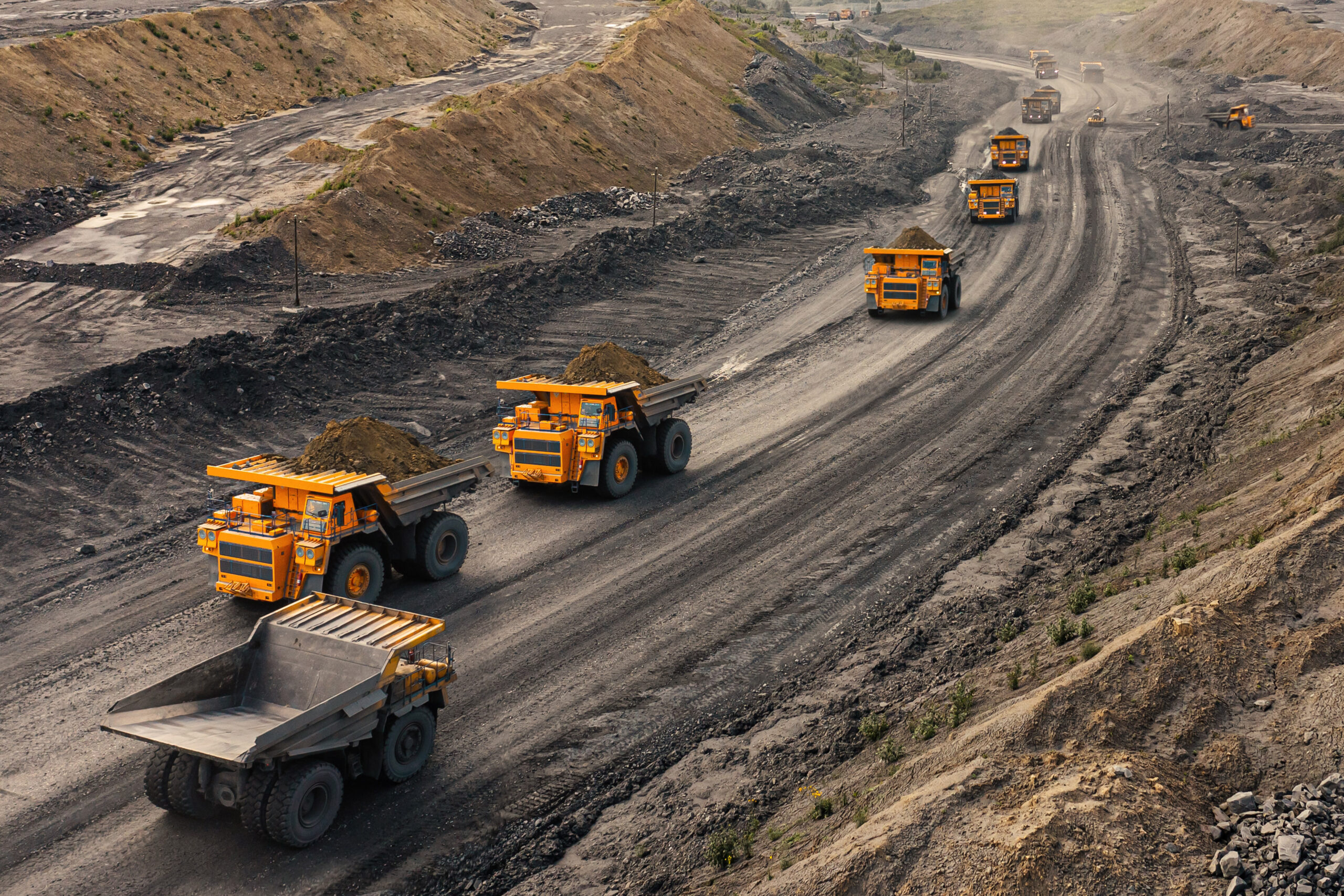Did you know that Peru is not just famous for its ancient ruins and stunning landscapes, but also for its rich mining history? In this article, we’ll explore the question, “Are there historical mines of significance in Peru?” And the answer is a resounding “Yes!”
Peru has a fascinating history of mining, with some of the world’s most significant mines located within its borders. From the legendary silver mines of Potosi to the impressive copper mines of Cerro de Pasco, Peru has been a hub of mining activity for centuries.
But it’s not just about the past. Peru continues to be a major player in the global mining industry, with significant deposits of gold, silver, copper, zinc, and more. Whether you’re a history buff or simply curious about the importance of mining in Peru, join us as we delve into the fascinating world of historical mines in this captivating South American country.
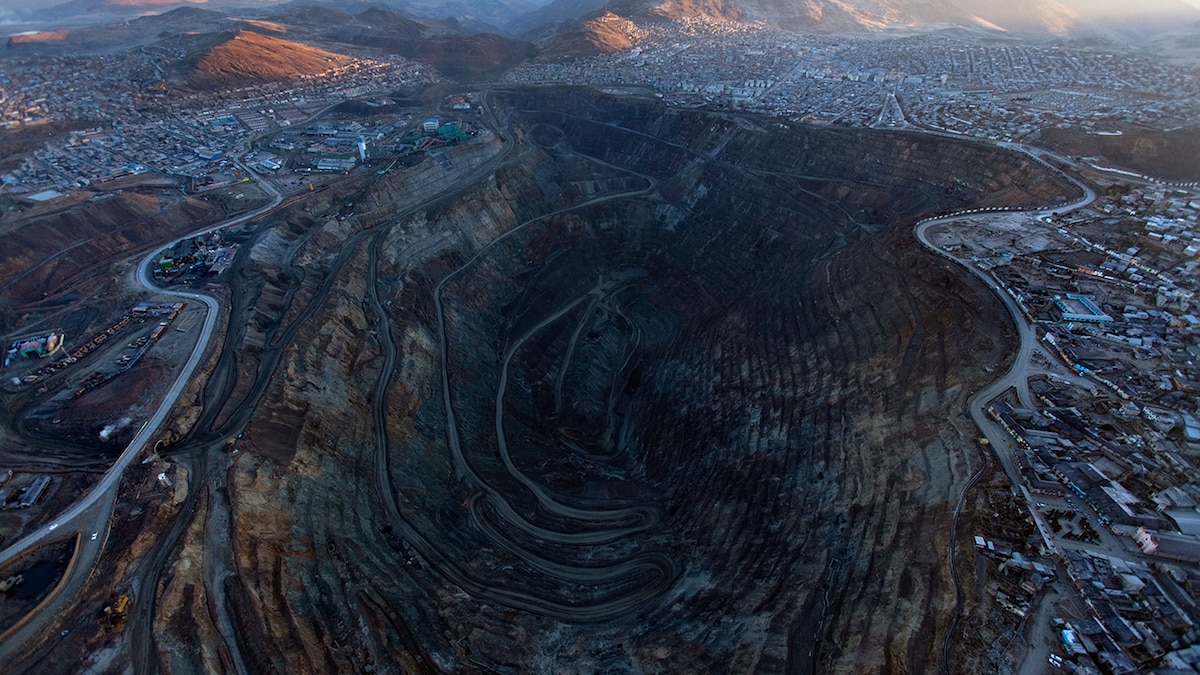
Exploring the Historical Mines of Peru: A Treasure Trove of Significance
Peru, a country with a rich history and abundant natural resources, has a long-standing connection to mining. Its ancient civilizations, such as the Incas, recognized the value of its mineral wealth, leaving behind a legacy of historical mines. From gold and silver to copper and zinc, these mines hold great significance not only in terms of their economic impact but also in preserving the cultural heritage of Peru.
The Glittering Tale of Yanacocha: Peru’s Largest Gold Mine
Yanacocha, located in the Cajamarca region, stands as a testament to Peru’s position as one of the world’s top gold-producing countries. This massive open-pit mine has been in operation since 1993, drawing both national and international attention. Its reserves have the potential to yield millions of ounces of gold, contributing significantly to Peru’s economy. However, the impact of Yanacocha on the environment and local communities has been a subject of debate, highlighting the delicate balance between economic growth and environmental sustainability.
Yanacocha serves as an important case study in understanding the complexities surrounding modern mining practices. It has prompted efforts to implement sustainable mining techniques and foster dialogue between mining companies, local communities, and environmental organizations. Despite the controversies surrounding Yanacocha, it remains an emblematic landmark in the mining landscape of Peru.
The Rich Geology of Cerro de Pasco: A Historical Zinc and Lead Mine
Located in the central Andes, Cerro de Pasco represents a historic mining district renowned for its zinc and lead deposits. Its storied past dates back to the Spanish colonial era when silver mining dominated the region. Over time, the focus shifted to zinc and lead, with Cerro de Pasco emerging as a key player in Peru’s mining industry.
Today, Cerro de Pasco faces unique challenges due to its extensive underground mining operations. This has resulted in land subsidence and environmental degradation, prompting efforts to address these issues and ensure sustainable practices. Despite these challenges, Cerro de Pasco continues to be a significant contributor to Peru’s mineral export industry, making it a noteworthy historical mine with a contemporary impact.
In recent years, the Peruvian government, mining companies, and local communities have initiated collaborative efforts to address the environmental and social concerns associated with Cerro de Pasco. These endeavors aim to strike a balance between economic growth and sustainable development, ensuring the preservation of Peru’s natural resources for future generations.
Morococha: An Ancient Silver Mine that Still Shines
Morococha, nestled in the Andean highlands, is an ancient silver mine that has stood the test of time. Silver mining in this region dates back to pre-Inca eras, with evidence suggesting that Morococha was one of the largest silver producers during the Spanish colonial period. Its rich history and cultural significance make it an important archaeological site.
Today, Morococha showcases the resilience of the mining industry as it continues to extract silver and other valuable minerals. However, like many historical mines, it faces challenges related to environmental impact and sustainable practices. Efforts are being made to mitigate these issues, focusing on reclamation and rehabilitation to restore the land affected by mining activities.
The story of Morococha serves as a reminder of the interconnectedness between Peru’s past and present. It exemplifies the country’s commitment to preserving its cultural heritage while embracing the opportunities and challenges that come with mining.
From Cerro Rico to Potosí: A Transnational Mining Legacy
Peru shares a significant mining heritage with its neighboring country Bolivia. The iconic Cerro Rico in Potosí, Bolivia, holds a prominent place in mining history due to its abundant silver deposits. However, the impact of mining in Cerro Rico extends beyond Bolivia’s borders, reaching into Peru.
During the Spanish colonial era, Potosí and its vast silver mines served as a critical source of wealth for the Spanish empire. This wealth flowed into Peru, funding the construction of opulent colonial buildings and sustaining economic activities. The echoes of this transnational mining legacy can still be felt in Peru today, underscoring the intertwined histories of these two countries.
Despite the historical significance of Cerro Rico, it faces numerous challenges, including structural instability and environmental degradation. Efforts are underway to address these issues and restore the mine to its former glory. The preservation of Cerro Rico not only ensures the continuity of its mining industry but also honors the shared heritage of Peru and Bolivia.
The Future of Peru’s Historical Mines: Balancing Preservation and Progress
The historical mines of Peru bear witness to the country’s rich mining heritage and the ongoing evolution of its mining industry. They are bridges between the past and the present, reminding us of the complex relationship between mining, culture, and sustainability.
As Peru looks to the future, striking a balance between preservation and progress becomes paramount. Mining companies, governments, and local communities must work together to navigate the challenges posed by historical mines, preserving their cultural significance while ensuring responsible and sustainable mining practices.
By embracing innovative technologies, sustainable mining practices, and robust stakeholder engagement, Peru can forge a path towards a mining industry that respects its history, cherishes its cultural heritage, and supports its economic growth. The historical mines of Peru are not just a testament to the country’s past; they are a foundation for a sustainable and prosperous future.
The Economic Impact of Peru’s Historical Mines
Peru’s historical mines have played a significant role in shaping its economy. The extraction of valuable minerals has been a driving force behind Peru’s economic growth, contributing to job creation, export revenues, and infrastructure development.
Promoting Environmental Sustainability in Peru’s Mining Industry
Peru’s mining industry has faced scrutiny for its environmental impact, particularly in relation to historical mines. Mining activities can result in deforestation, water pollution, and habitat destruction, posing significant challenges to Peru’s unique ecosystems and biodiversity.
Prospecting Opportunities: Investing in Peru’s Mining Sector
Peru’s mining sector presents lucrative opportunities for investors seeking exposure to diverse commodity markets. The country’s rich geological endowment, favorable investment climate, and commitment to responsible mining make it an attractive destination for both domestic and international investors.
Key Takeaways: Are there historical mines of significance in Peru?
- Peru has a rich mining history dating back thousands of years.
- Machu Picchu was built near ancient mines that supplied precious metals to the Inca Empire.
- The Cerro de Pasco mine in central Peru has been in operation since the 17th century.
- Peru is a leading producer of gold, silver, copper, and zinc due to its abundant mineral resources.
- Exploring Peru’s historical mines offers a unique glimpse into the country’s fascinating past.
Frequently Asked Questions
Interested in learning about the historical mines of significance in Peru? Here are some commonly asked questions regarding this topic.
1. What are some historical mines in Peru known for their significance?
Peru is home to several historically significant mines, such as the Cerro de Pasco and Huancavelica mines. Cerro de Pasco, located in the central highlands, has been a major source of silver, copper, and lead since the colonial era. Huancavelica, on the other hand, is known for its mercury deposits and played a crucial role in the global extraction of this mineral during the 16th and 17th centuries.
These mines are not only important for their economic value but also for their historical and cultural significance, as they have shaped the development and heritage of Peru.
2. How were these historical mines discovered in Peru?
The discovery of historical mines in Peru dates back to the Inca Empire and even earlier. Indigenous communities, with their knowledge of the land, identified and utilized mineral deposits for various purposes. Additionally, during the Spanish colonial period, explorers and conquistadors were drawn to Peru in search of precious metals, leading to the discovery of many significant mines.
Throughout history, mining activities in Peru have continued to uncover new mineral deposits, contributing to the country’s rich mining industry and its historical legacy.
3. What impact did historical mining have on Peru’s development?
Historical mining in Peru played a significant role in shaping the country’s development. The extraction of valuable minerals, such as silver, gold, copper, and mercury, fueled economic growth and attracted both local and foreign investment. The revenue generated from mining activities contributed to the development of infrastructure, industries, and trade networks.
At the same time, historical mining in Peru has also had some negative impacts. It has led to environmental degradation, displacement of indigenous communities, and social challenges. Recognizing these issues, efforts are being made to ensure responsible and sustainable mining practices in modern-day Peru.
4. Are these historical mines open to the public for exploration?
Some historical mines in Peru are open to the public for exploration and tours. For example, visitors can explore the Cerro de Pasco and Huancavelica mines to learn about their historical significance and witness the mining processes firsthand. These guided tours provide visitors with a unique opportunity to delve into the country’s mining heritage.
However, it is important to note that access to certain mining sites may be restricted due to safety concerns or ongoing mining operations. It is advisable to check with local authorities or tour operators for accurate and up-to-date information on accessing historical mines in Peru.
5. How are historical mines in Peru preserved and protected?
The preservation and protection of historical mines in Peru involve a collaborative effort between government institutions, mining companies, and local communities. Various initiatives and regulations are in place to ensure the conservation of these sites while promoting sustainable mining practices.
Additionally, Peru has designated some historical mines as cultural heritage sites, providing legal protection and fostering their preservation. Archaeological research, documentation, and educational programs also contribute to maintaining the historical importance of these mines and raising awareness about their significance among the public.
Why does CASTILLO want to NATIONALIZE MINING in PERU? – VisualPolitik EN
Summary
Peru has a rich mining history, with many significant mines that have played important roles. The Yanacocha gold mine is the largest in South America, producing a massive amount of gold. Another significant mine is Cerro de Pasco, which has been in operation for over 400 years and is known for its copper and zinc deposits. Peru has also been home to other historically important mines, such as the silver mines of Potosí and the copper mines of Chuquicamata. These mines have contributed to Peru’s economy and held great historical value.
Overall, Peru has a treasure trove of historical mines that have shaped the country and impacted the world. From gold to silver, copper to zinc, these mines have left a lasting mark on Peru’s economy and history. Exploring these historical sites can offer us a glimpse into the fascinating world of mining and its significance in the past and present.

